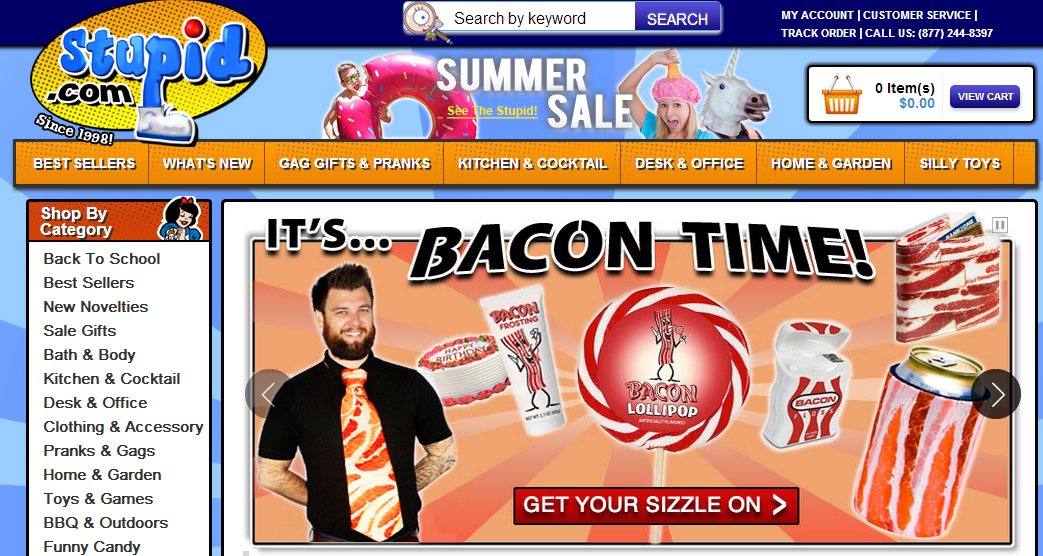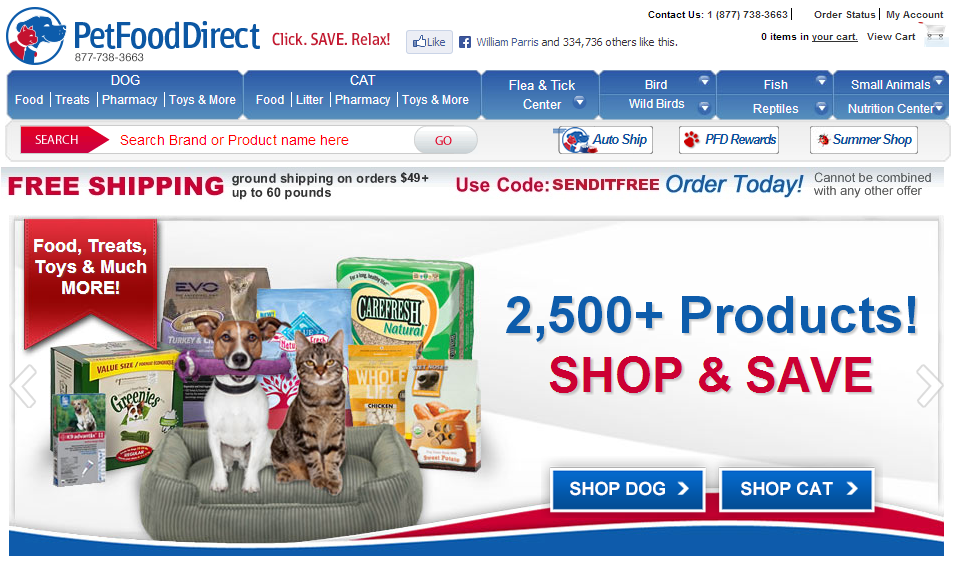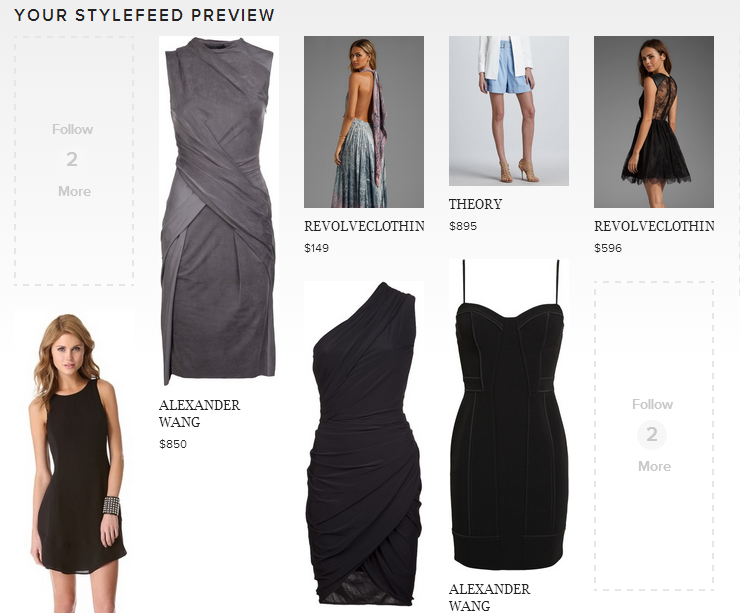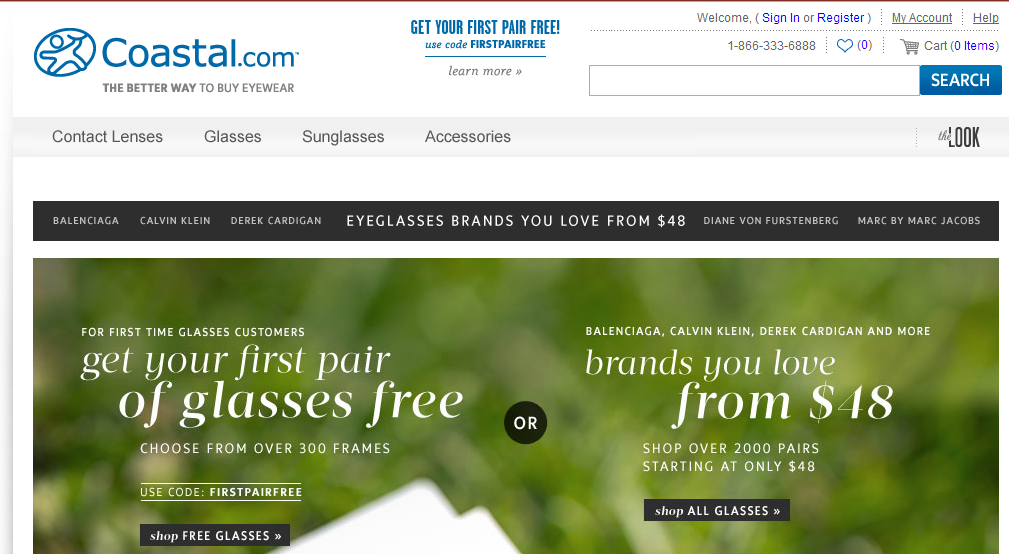What Makes You Special?

You are special, and so is your online business. But do online shoppers know why you’re special- are you telling them?Why should someone shop on your website instead of a competitors?
Find out what makes your online store special (identify your unique selling proposition), and increase revenue.
The most difficult part about a unique selling proposition is figuring it out. What makes you special? How are you different from other sellers?
1. Who is your audience? What do they want to know?
If you don’t have personas for your readers or clients, consider developing some. Here is a good checklist to get you started creating personas. Talking with your current audience is really helpful here (use social, blogs, email outreach).
You may also want to consider changing you audience, making it smaller, or relevant to a wider base of people.
2. What issue does your company eliminate? (Do help merchants list higher on SERPs, or do you make it easier for someone to clean the house?)
Whatever it is you do or sell: delve into what your value is to your clients. Communicate that value, and how you do it. Remember though that the goal of a USP is to resonate with your audience, so it has to make a connection, not just meet a need.
3. How is your company different from others?
This is where you’re going to need to get your hands dirty and explore options. Use the list below to brainstorm your online site attributes, and look at what other merchants in your industry are doing.
Sit down an create a venn diagram or flow-chart for your services, values and customer needs. What overlaps?
4. Do you have a story?
People love stories. Stories are great USPs if they are genuine.
Here are some examples of unique seller propositions.
The USP of value is a bit flexible and really depends on your company. The key take away is why someone would want your service or product. Be careful with need here however. Even if someone needs your service there can likely get it somewhere else.
Colgate for example, sells toothpaste which is a common product, but emphasizes oral health and education:

Your value USP may be something different but the important thing here is that Colgate has identified a USP, and they are hammering it home.
Online shoppers often sort and browse based on product price. If you are the cheapest merchant in your product category you should communicate that USP. Zenni Optical is a website which sells ridiculously cheap glasses (as low as $6.95), which makes them special:

I live alone but Costco is one of the places I shop most frequently. There are multiple reasons I shop at Costco, but one of them is that I can get multiple items there which I can’t elsewhere. A gym membership along with my $5 chicken, and a lawn chair? Yes that sounds lovely thank you.
Selection variety is only one element of a USP based on selection. Maybe you’re the only seller of your product in your area. Or you sell more than your competitors, or only certain items which people can’t find anywhere else. Stupid.com features significantly unique and niche products which you aren’t going to find anywhere else:

You can sell products which other vendors do, but have more expansive selection or unique distribution as a USP as well. Candy Pros for example sells bulk candy but also has a significant knowledge base and selection for candy buffet bars and party candy:

Quality of product is a USP you can see with a lot of car companies. Companies emphasize the value of luxury cars, and cars which are well made. Lexus for example stresses high quality and style:

Knowing your audience is 90% of the USP battle. If you can get your brand to resonate with someone the product matters much less.
Volkswagon does a great job of communicating their USP right on their website homepage, with a “Why VW” tab. Volkswagon is really transparent with their USP. What makes them special? Well their values: performance, design, quality, environment and safety:

Volkswagon is a really cool example of a seller USP to me for multiple reasons. First, Volkswagon doesn’t emphasize just one value, but has 5 elements. Yes they are about their audience (consider the videos for different personas here), but they also focus on different things which make them special (those values).
The design of this page is also very well done, and you’ll notice that its gotten 270 social shares, which is pretty good for a page which is predominantly promotional.
Some USP’s are built around people. Remember Oxi Clean? The product was built around Billy Mays. Seth Godin and Martha Steward are additional examples of how you can build a brand or a company around a person. You don’t need to look any further than Emeril’s site to see the value of a USP build around a person:

Zappos is the classic example of a USP surrounding customer service. Zappos is all about making you happy, and they’ll go way out of their way to make customers happy again and again. Another example for those of us who are into tech gear is Accessory Geeks, which has 4 different ways to contact the comapany right on the homepage:

Online shoppers appreciate the ease and timeliness of shipping. I didn’t want to drive to the store, so I don’t want to wait a week to get my purchase.
Free shipping, quick delivery time, and overnight shipping are USPs which definitely resonate with online shoppers. Amazon does a great job of getting products to consumers fast. You can order something from Amazon, and have it the next day, in 2 days, or even have it delivered to a locker for pickup, or enjoy the perks of Amazon Prime. Moreover, Amazon holds it merchants accountable if products don’t arrive on time, and refund items if they don’t arrive on time.
Another cool example is PetFoodDirect, which not only ships quickly, but does so for dog food products:

This is where knowing your audience is pivotal. If you can make your shopper feel special, and empathize with them, and talk about what they like you can cultivate a nice but passionate user base.
An interesting example of a site which focus on the users is Lyst Lyst lets you follow specific designers to curate a pinterest-like preference board:

Some of the best selling companies use USPs which have very little to do with their product. Apple for example has a diehard following, while Harley Davidson sells a wanderer lifestyle:

Shoppers generally love buy one get one, free incentives and sales. Coastal.Contacts is a company has a USP which gives first time shoppers a free pair of glasses:

Here are some additional type of USPs you can consider:
You can also find additional examples of USPs here.
A USP is unique. If its been done and is being done by other companies its not a real USP. Here are some examples of USPs which you should avoid:
Your USP should be clear, unique, attainable, and repeatable.
Your USP should be immediately apparent to someone who visits your site. Be short, clear and to the point. Limit your USP to 1-2 sentences,or under 10 words. Above all avoid fluff.
See the above checklist. Don’t become more noise.
This element of a USP is tricky, because it depends on your audience. Why do your customers want you, and how can you connect with them?
Your USP is what makes you special. Embrace what makes you special, and don’t force it. Most importantly, don’t promise what you can’t deliver.
You need to be the biggest fan for your USP. Tell your customers what makes you special. Then tell them again.

Remember your USP isn’t as much about selling your product as much as it is about selling your brand and making your online store memorable.
If you already have a USP its worth the time to take a second look and make sure you’re getting the most out of it. Step in the shoes of your clients or audience and ask these questions:
1. Why do I care?
2. Why would I want that?
3. Does that make sense?
